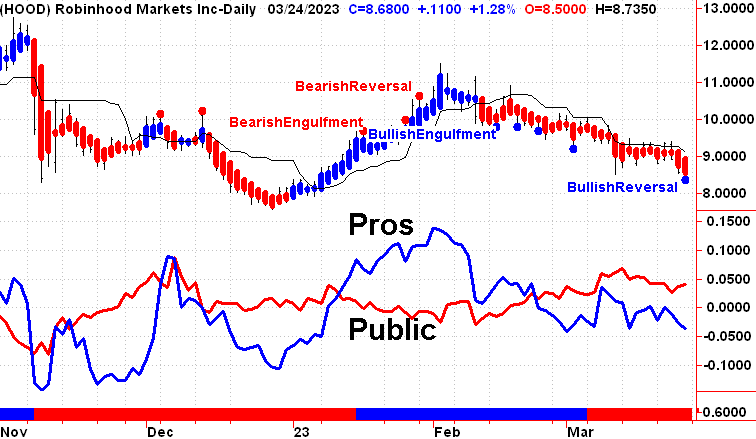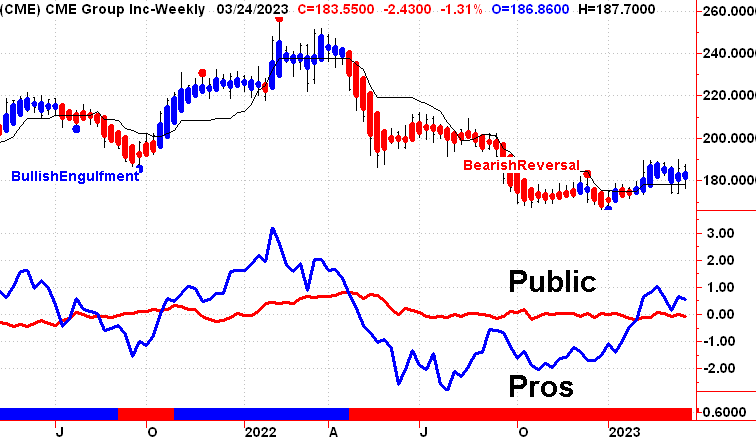Smart Money
The stock market can be a complicated and sometimes confusing place, and one term that is frequently used is “smart money.” In general, the term “smart money” refers to investors who have a deep understanding of the market and are typically more successful in their investments than the average investor.
When it comes to the stock market, Smart Money investors are typically considered to be institutional investors, such as hedge funds, mutual funds, and pension funds. These investors often have significant amounts of capital to invest, and they employ teams of analysts and other experts to help them identify opportunities and make informed investment decisions.
Smart Money investors often have access to information that individual investors do not, such as research reports and insider knowledge. They also have the resources to conduct their own in-depth analysis and research, which can help them identify undervalued companies or investment opportunities that may be overlooked by others.
In addition, Smart Money investors often have a longer investment horizon than individual investors, allowing them to take a more patient approach to their investments and ride out market volatility.
Overall, while individual investors can certainly be successful in the stock market, Smart Money investors are often seen as having a significant advantage due to their resources, expertise, and access to information.
As the Smart Money is much larger and has deeper pockets than individual investors, they often appear to move slowly as they do not want to make their intentions known or to disrupt the market.
For example, an institution may want to acquire 10 million shares of the company that only trades 1 million shares per day. So it may take them days or weeks to accumulate their position. This is also true when they want to sell. If the stock only averages 1 million shares per day and they want to sell 10 million shares, it may take them weeks to sell off the shares. If they try to do so on one day me might actually crash the stock as other investors may see this as Panic Selling.
Our Smart Money chart keeps track of Who Is In Control of the price movement of a stock, index, ETF or futures contract.
This chart does not track ownership, just who’s controlling the price movement.
While it is possible for the public to cause a stock to rise or fall in the short term, a trend cannot be sustained unless the Smart Money takes control.
To simplify things, we call the Smart Money (Blue Line) the Pros and everyone else the Public (Red Line).

Notice on this chart that the Pros gave up control several weeks before the stock collapsed.

There are times where investors really don’t know what to do. And we can see this when the Pros and the Public at intertwined. This may because the stock is range bound and investors are waiting for new or clarifying information. When this happens you need to stand aside and give the stock more breathing room.

And in some cases, the Pros and the Public at intertwined because a stock may not have enough active inters from the Pros. All Micro Cap, most Small Cap and some Mid Cap stocks will fit into this category.

For longer-term investors we also provide this analysis on a weekly basis.



